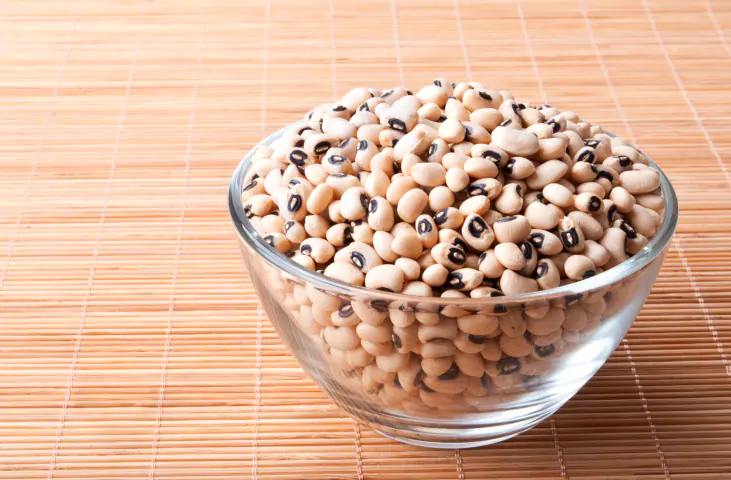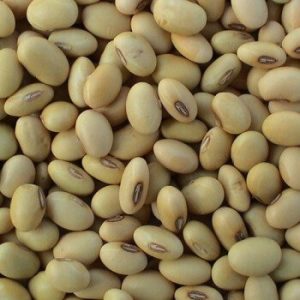Black-eyed peas, also known as cowpeas, are a common legume cultivated around the globe.
Despite their name, black-eyed peas are not peas but rather a type of bean.
They’re generally very pale in color and feature a large black, brown, or red spot that resembles an eye.
Black-eyed peas have a strong, savory flavor and are often considered a staple in both Indian and traditional Southern cuisine.
This article reviews the nutrition facts, benefits, and uses of black-eyed peas. Black Eyed Beans
Black-eyed peas are incredibly nutrient-dense, packing plenty of fiber and protein into each serving.
They’re also a good source of several important micronutrients, including folate, copper, thiamine, and iron.
One cup (170 grams) of cooked black-eyed peas contains the following nutrients
- Calories: 194
- Protein: 13 grams
- Fat: 0.9 grams
- Carbs: 35 grams
- Fiber: 11 grams
- Folate: 88% of the DV
- Copper: 50% of the DV
- Thiamine: 28% of the DV
- Iron: 23% of the DV
- Phosphorus: 21% of the DV
- Magnesium: 21% of the DV
- Zinc: 20% of the DV
- Potassium: 10% of the DV
- Vitamin B6: 10% of the DV
- Selenium: 8% of the DV
- Riboflavin: 7% of the DV
In addition to the nutrients listed above, black-eyed peas are high in polyphenols, which are compounds that act as antioxidants in the body to prevent cell damage and protect against disease
Besides being healthy and delicious, black-eyed peas are highly versatile and easy to enjoy in a variety of recipes.
If using dry beans, be sure to soak them in water for at least 6 hours, which helps speed the cooking time and makes them easier to digest. Black Eyed Beans
Note that dried black-eyed peas differ from other dried beans in that long or overnight soaking in cold water is not required, but the cooking time can still be reduced if they are soaked for 1–2 hours in hot water.
Then, cover them in water or broth, bring them to a boil, reduce the heat, and let the beans simmer for 45 minutes, or until tender.
In traditional Southern cuisine, the cooked beans are mixed with meat, spices, and leafy greens.
However, they also make a great addition to soups, stews, and salads.Black Eyed Beans
Reviews
There are no reviews yet.
Related products
Pulses And Lentils
Pulses And Lentils
Pulses And Lentils
Pulses And Lentils
Pulses And Lentils
Pulses And Lentils















Be the first to review “Black Eyed Beans”